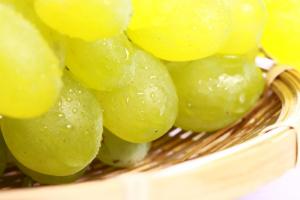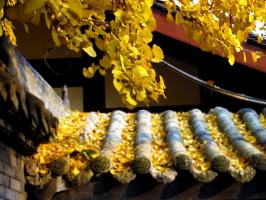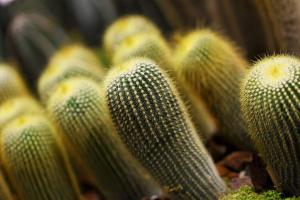A Poisonous Plant in One Direction: The Dangers of Hemlock
Introduction
Heading out for a leisurely hike in nature is something many of us enjoy doing. However, it is important to be aware and educated on the harmful plants that may cross our path. Hemlock, a type of poisonous plant, is a lurking danger that hikers and nature enthusiasts should be familiar with.
What is Hemlock?
Hemlock, also known as Conium maculatum, is a highly poisonous plant that is commonly found in North America and parts of Europe. It can grow anywhere from two to ten feet tall and produces small white flowers in the summer.
The Dangers of Hemlock
All parts of the hemlock plant contain a deadly toxin called coniine, which can cause respiratory failure and death if ingested. The toxin affects the central nervous system and can cause paralysis, making it difficult to breathe. Even inhaling the smoke from burning hemlock can be fatal.
Symptoms of Hemlock Poisoning
Symptoms of hemlock poisoning can range from mild to severe, depending on the amount ingested. Initial symptoms can include dizziness, weakness, and slight pupil dilation. As the toxin progresses, the victim may experience vomiting, tremors, seizures, and eventually respiratory failure.
Treatment for Hemlock Poisoning
If you suspect you or someone else has been poisoned by hemlock, seek medical attention immediately. There is no known antidote for hemlock poisoning, so treatment will focus on managing symptoms and providing appropriate supportive care.
Prevention
The best way to prevent hemlock poisoning is to avoid contact with the plant altogether. If you are hiking or exploring in natural areas, stay on designated trails and avoid touching or ingesting any plant that you are not familiar with. It is also important to properly identify plants in your own yard to avoid accidental exposure.
Conclusion
Hemlock is a poisonous plant that should not be taken lightly. Knowing how to identify it and understanding the risks it poses can help ensure your safety while enjoying nature. Remember to always stay alert and be aware of your surroundings when exploring in natural areas.

 how many times do yo...
how many times do yo... how many planted tre...
how many planted tre... how many pine trees ...
how many pine trees ... how many pecan trees...
how many pecan trees... how many plants comp...
how many plants comp... how many plants can ...
how many plants can ... how many plants and ...
how many plants and ... how many pepper plan...
how many pepper plan...






























